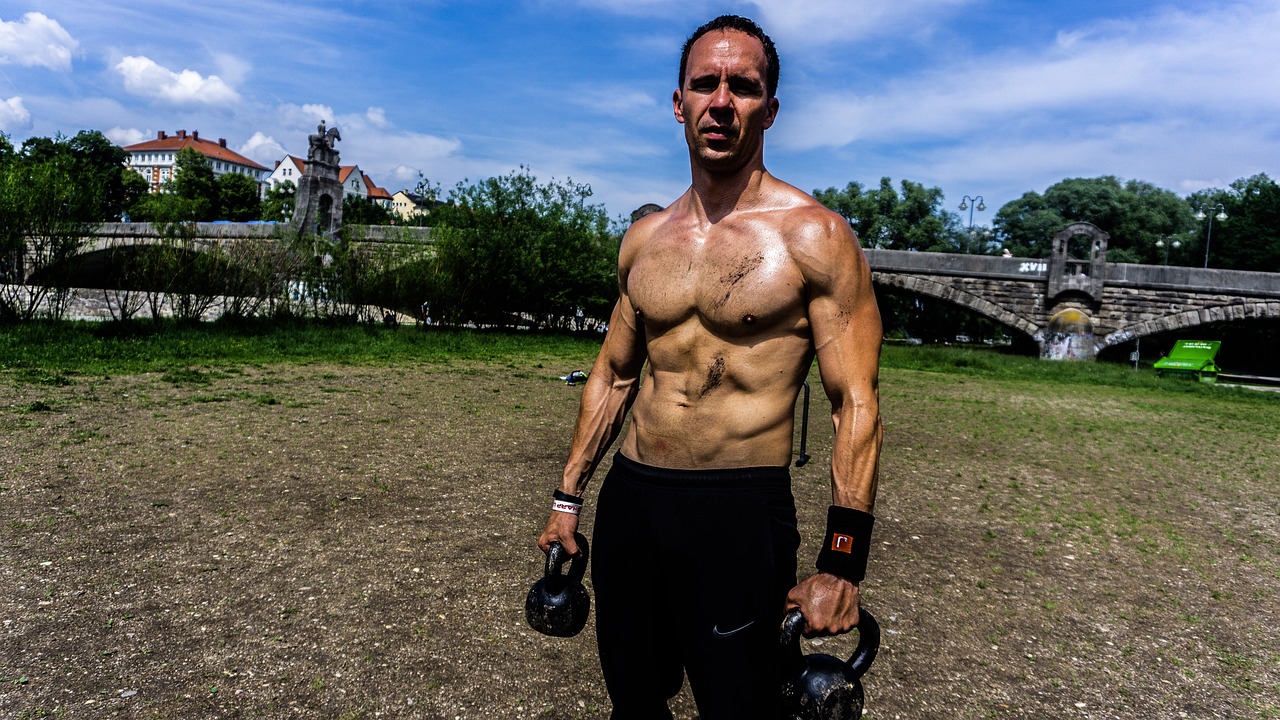For years, high-intensity interval training (HIIT) has dominated the fitness world, promising fast results in minimal time. The quick bursts of activity and short recovery periods have been praised for burning fat and improving fitness. But recently, many fitness enthusiasts and experts are shifting their attention to steady-state cardio as a more sustainable and beneficial option.
This trend isn’t just a fad — steady-state cardio offers unique benefits that make it an essential part of any balanced workout regimen. Let’s explore why this approach is regaining popularity and how you can incorporate it into your fitness routine.
What is Steady-State Cardio?
Steady-state cardio involves maintaining a consistent, moderate-intensity effort for an extended period, typically ranging from 20 to 60 minutes. Activities like jogging, brisk walking, cycling, swimming, or rowing are common examples. Unlike HIIT, which alternates between high-intensity bursts and rest, steady-state cardio keeps your heart rate steady, typically between 60% to 70% of your maximum heart rate.
Why the Shift from HIIT to Steady-State Cardio?
- Lower Risk of Injury
HIIT, while effective, comes with a higher risk of injury due to its intense, explosive movements. For beginners or those with joint issues, the repetitive strain of high-impact exercises can lead to sprains, strains, or even burnout. Steady-state cardio, on the other hand, involves less impact and stress on the joints, making it a safer alternative for long-term health. - Easier Recovery
The intense nature of HIIT often requires longer recovery times. Overtraining without proper recovery can lead to fatigue, soreness, and decreased performance. Steady-state cardio allows your body to recover more quickly, making it easier to stick to a regular exercise schedule without feeling wiped out. - Mental Health Benefits
Steady-state cardio, such as jogging or brisk walking, can have a meditative quality. The rhythmic movement helps reduce stress, clear the mind, and boost endorphins. For many people, a 30-minute jog can be a mental reset, providing clarity and relaxation. - Improved Endurance and Heart Health
While HIIT improves anaerobic fitness, steady-state cardio focuses on building aerobic endurance. This helps your body use oxygen more efficiently, improving heart health and overall stamina. Regular steady-state exercise can lower blood pressure, reduce cholesterol levels, and decrease the risk of heart disease. - Beginner-Friendly
Steady-state cardio is accessible to people of all fitness levels. If you’re just starting your fitness journey or have certain health conditions, activities like walking, cycling, or swimming provide a low-barrier entry point. There’s no need for specialized training or equipment, making it easy to get started.
Finding the Right Balance

Although the shift towards steady-state cardio is growing, that doesn’t mean you should ditch HIIT entirely. Both forms of exercise have their place, and combining them can lead to a balanced and effective fitness regimen. Here’s how you can blend the two:
— Steady-State Days: Aim for 2-3 days of steady-state cardio per week. This can include a 30-45 minute jog, brisk walk, or moderate cycling session.
— HIIT Sessions: Incorporate 1-2 days of HIIT for variety and to improve strength and metabolic rate. Keep sessions short — around 15-20 minutes — to avoid overtraining.
— Listen to Your Body: Pay attention to how your body responds to each type of workout. If you’re feeling excessively sore or fatigued, prioritize steady-state cardio until you recover.
The Bottom Line
Steady-state cardio is making a comeback for good reason. Its benefits for endurance, mental well-being, heart health, and recovery make it an essential part of a sustainable fitness routine. While HIIT is still valuable, the key is to find a balance that works for your body and your goals.
Whether you’re a fitness beginner or a seasoned athlete, incorporating steady-state cardio can help you build a stronger, healthier, and more resilient body. So lace up your sneakers, hit the pavement, and enjoy the steady rhythm of progress.



